High mountain and cold regions are changing at an increasing and alarming rate. Understanding and monitoring of these environmental changes were the overarching themes of a two-day HiMAC2018 workshop hosted by FMI-SPACE at Sodankylä, in Northern Finland, in 29.–30.10.2018.
Prof. Jouni Pulliainen from FMI-SPACE opened the workshop by highlighting that new scientific breakthroughs are greatly facilitated by joint research and continuous collaboration on observation methodologies, including remote sensing methodologies, on cold regions of the Earth. Success in capturing and understanding the changes requires expertise in measurements of both the cryosphere and the atmosphere. Academician Guo Huadong from Chinese Academy of Sciences (CAS) stressed that given the amount of available satellite observations, Big Earth-data analysis will play an increasing role in the future. The workshop addressed the change processes in essential variables such as snow cover, sea ice, and atmospheric composition, most importantly greenhouse gases. As the cold regions and high mountains are mostly remotely located, the measurement capabilities of the existing and developing Earth Observing satellites were central topics in the HiMAC2018.
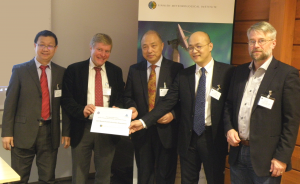
The inauguration of FMI–CAS Joint Research Centre for Arctic Observations. From the left: Assoc. Prof. Qiu Yubao, Prof. Jouni Pulliainen, Academician Guo Huadong, CAS-HQ COO Lu Xiaofeng, and Head of the Arctic Space Centre Jyri Heilimo.
The 2nd International Workshop on Observations and Understanding of Changes in High Mountain and Cold Regions (HiMAC2018) attracted 40 international participants. Concurrently with the workshop, the new FMI–CAS Joint Research Centre for Arctic Observations was inaugurated to enhance future collaboration. The HiMAC2018 workshop was organised jointly by FMI-SPACE, Digital Belt and Road Program (DBAR), and the Aerospace Information Research Institute, Chinese Academy of Sciences. The co-organisers were the GEO Cold Regions Initiative (GEOCRI), Pan-Eurasian Experiment (PEEX), and International Society for Digital Earth (ISDE).

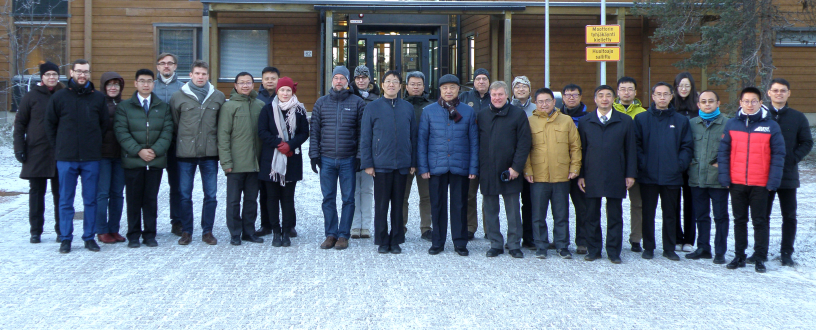
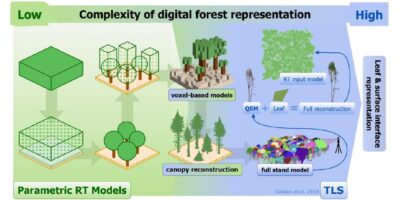
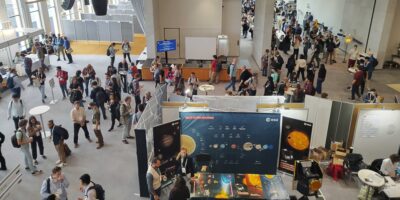
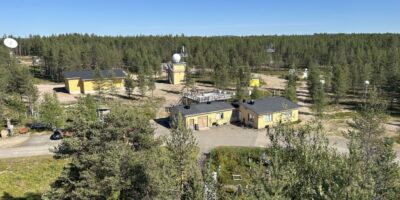


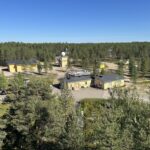
Leave a Reply
You must be logged in to post a comment.